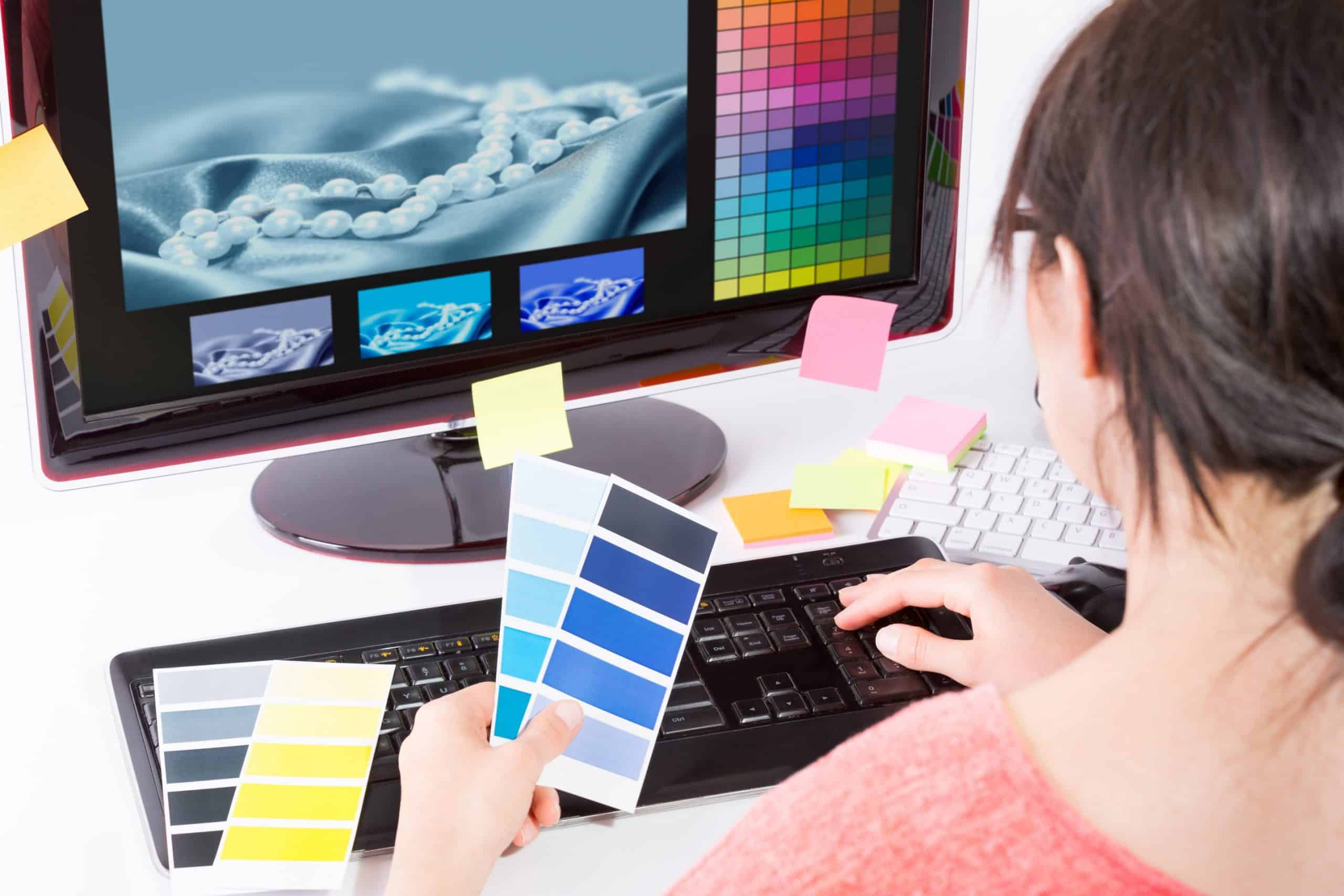
Artwork File Formats
Adobe Illustrator CS6 or below.
Adobe Photoshop CS6 or below.
To ensure that your artwork files are opened correctly on our end, please convert all fonts to outlines before sending them to us.
FTP
Usually, you can send us the artwork files by email attachment. However, if you are sending many files or the files are very large, you can also upload your files to our FTP site. Please contact us at wct@wctlabel.com for details.
Bleeding
Bleeding is a printing term that refers to printing that extends beyond the edge of the label before trimming. In other words, the bleeding is the area that will be trimmed off. Bleeding is required if your label design or background covers the entire label to allow for slight shifts during die-cutting. Usually, we require a 2mm bleed around each edge of the label to ensure a clean, finished look.
Spot Colors
We can print colors using either spot colors or CMYK colors (process colors). If you are using spot colors, please specify the Pantone number in your artwork design.
RGB vs CMYK
Most printing machines, including ours, print in CMYK (Cyan-Magenta-Yellow-blacK), also known as 4 process colors printing. However, all computer monitors display color as RGB (Red-Green-Blue). If you create your file in the RGB color space, the colors will look different when printed on CMYK printing machines. When we receive your artwork files, all RGB images will be converted to CMYK, which may cause some unexpected shifts in colors. Therefore, it is always a good idea to create your artwork in CMYK. If color accuracy is very important to you, you should request an actual print proof .
Picture Image Resolution
Many times, customers have sent us pictures, graphics that look great on computer monitors. However, in most cases, the files are designed for website uses only and have a very low resolution, often as low as 72 dpi, which is suitable for web pages but not for printing. Printing a file at that resolution will result in poor printing quality. We recommend a resolution of 300 dpi for best printing results.
Transparent Labels
If you are printing on transparent labels, please let us know if you would like a white undercoating to be applied before we print the colors on the labels. Because most of the inks are not opaque, and printing the inks directly onto a transparent label and applying the label onto a colored surface can cause an extreme color shift, as the color surface under the label will show through the label. The white undercoating acts as a barrier to prevent the colors under the label from showing through and reduces the effect of color shift.
Color Proof
Please note that you cannot use the colors displayed on a computer monitor for color proofing because most computer monitors are not calibrated to printing standards. The colors displayed on one monitor may look very different from another monitor due to factors such as brightness, contrast, hue settings, age of the monitor, and other color settings. The same can be said for desktop color printers.
If color accuracy is very important to you, it's recommended that you request an actual print proof. This way, you can see exactly how your labels will look when printed. Relying solely on the colors displayed on a computer monitor or desktop printer may result in inaccurate color representation on the final printed labels.
Tight border
If you want a thin border on your labels that prints near the edge or bleeds off the edge, you may encounter issues. Despite significant advances in printing technology, there is still a possibility of slight shifts when printing and die-cutting your labels. While these shifts may be very small (a fraction of a millimeter), they can be noticeable if your border is near the edge of the label.
If you really want a border, our advice is to make it thicker. This way, any slight shift will be less noticeable. It's best to avoid thin borders that print near the edge to ensure a high-quality finished product.